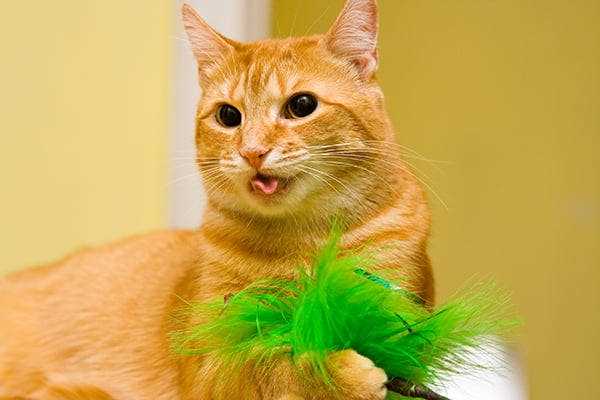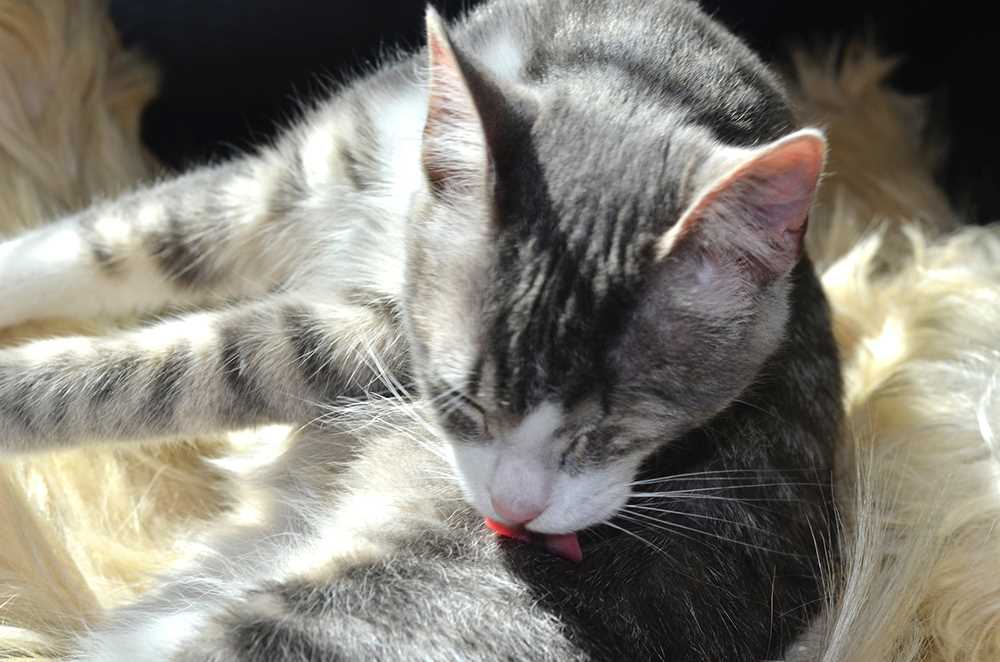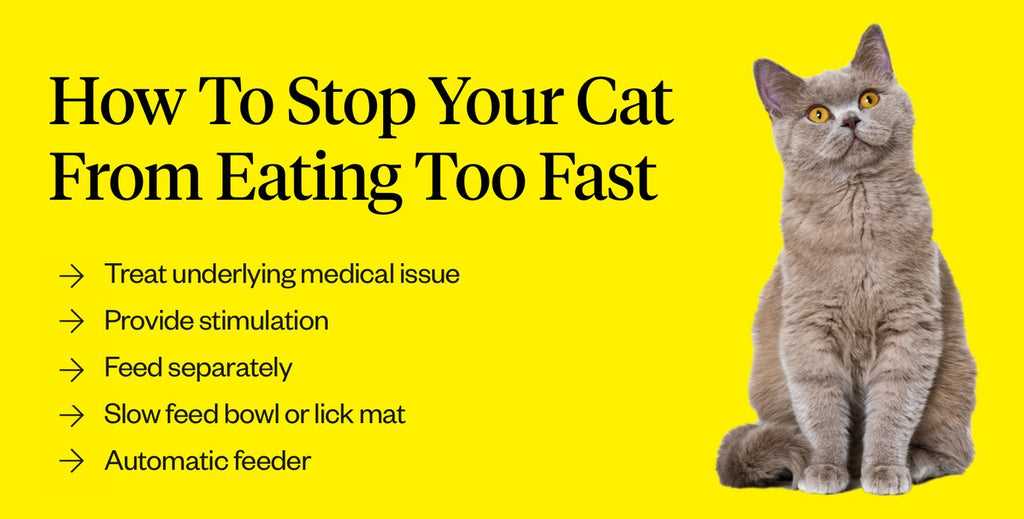

It’s not uncommon for me to experience a bit of discomfort right after I finish my meal. If you notice similar behavior in your furry companion, first consider the speed of consumption. I tend to gobble my food quickly, which can lead to swallowing air, making me feel uneasy.
Another factor could be the type of food provided. Some kibble is larger or harder, making it tricky for me to chew properly. This can result in regurgitation, especially if I’m excited or anxious during mealtime. Opting for smaller or softer morsels might help ease this issue.
Lastly, keep an eye on my overall health. If this behavior persists, consulting a veterinarian is wise. There might be underlying conditions that need attention, ensuring I stay happy and healthy in the long run.
Common Reasons for Gagging in Felines
Occasional throat irritation can stem from various factors, such as food allergies. Some ingredients may trigger an adverse reaction, leading to discomfort and subsequent coughing. Monitoring the diet for any potential allergens can help identify problematic foods.
Another issue might be the ingestion of hairballs. Regular grooming and appropriate dietary choices can reduce the frequency of these troublesome masses. Specialized diets designed for hairball control are beneficial in this regard.
Rapid Consumption

Devouring meals too quickly can lead to the intake of excess air, which may cause distress. Slow feeders or puzzle feeders can encourage a more gradual eating pace, minimizing the risk of distress.
Health Concerns

Underlying health problems, such as gastrointestinal disorders or infections, can manifest in similar ways. If occurrences persist, consulting a veterinarian is advisable. They can perform necessary examinations to rule out serious conditions and provide tailored advice.
How Food Texture Affects Gagging
Softer foods are generally easier for me to chew and swallow. When my meals consist of soft, moist textures, I tend to enjoy them without any issues. On the other paw, dry kibble or hard treats can lead to problems. If the pieces are too large or difficult to break down, it can result in discomfort during consumption.
<pMoreover, certain ingredients can contribute to a grainy or gritty feel that makes it tough for me to eat smoothly. I’ve noticed that when my food has an odd texture, I might cough or retch. It’s essential for my meals to have a pleasant mouthfeel, as that directly impacts my eating experience.
<pAnother factor is the shape of the food. Round or irregular shapes may be more challenging to manage, causing me to struggle while trying to chew. Flat, uniform shapes are easier for my little paws to grasp and munch on. Choosing the right shape can significantly reduce any potential for choking or discomfort.
<pBe cautious about transitioning between different textures. Sudden changes can upset my system. Gradually introducing new types of food helps me adjust without any gagging issues. Always observe how I react to new meals; my behavior can indicate whether the texture suits me or not.
<pIn summary, selecting the right texture while preparing meals is crucial. Soft, moist, and easily manageable food is my preferred choice, while overly dry or oddly shaped items can trigger discomfort. Keep an eye on my eating habits for signs of texture problems, and adjust accordingly!
Identifying Allergies and Food Intolerances
If I notice discomfort or unusual behavior during meal times, it’s time for a closer look at my diet. Common signs of allergies include excessive itching, digestive upset, or ear infections. If I frequently vomit or show signs of distress, it may indicate a problem with certain ingredients.
Keep a detailed diary of what I consume. Record each meal along with any symptoms observed within a few hours. This can help pinpoint specific triggers. If a pattern emerges, consult a veterinarian for testing options. They might suggest an elimination diet to identify problematic foods.
Some ingredients, like grains or certain proteins, are common culprits. Grain-free diets or those featuring novel proteins like duck or rabbit can be worth trying. Monitor my response to these changes closely.
Consider the possibility of environmental factors as well. Sometimes, it’s not just the food; allergens in the home environment can also play a role. Regular cleaning and minimizing exposure to dust, pollen, or mold can contribute to overall well-being.
Once any allergies or intolerances are identified, long-term management through diet adjustments is key. This ensures a happier and healthier life, free from discomfort during meal times.
The Role of Eating Habits in Gagging

To minimize discomfort, it’s crucial to monitor portion sizes. Eating too quickly can lead to a variety of issues, including choking or regurgitation. I suggest using a slow feeder or spreading out food on a flat surface to encourage slower consumption.
It’s also beneficial to establish a consistent feeding schedule. Regular meal times can help regulate my digestive system, reducing the likelihood of unexpected reactions. I’ve noticed that eating at the same times each day makes a significant difference.
Hydration plays a key role as well. Always have fresh water available. Dehydration can lead to digestive problems, potentially resulting in unpleasant experiences. Drinking enough water aids in digestion and helps prevent irritation.
Lastly, be mindful of the environment during meals. A peaceful and quiet space can reduce stress, allowing for a more relaxed eating experience. Background noise or distractions might lead to hurried eating, which can trigger adverse reactions.
| Eating Habit | Impact on Gagging |
|---|---|
| Portion Size | Large portions can cause choking or discomfort. |
| Feeding Schedule | Regular times can stabilize digestion and reduce anxiety. |
| Hydration | Proper hydration aids digestion and prevents irritation. |
| Feeding Environment | Calm surroundings help reduce stress during meals. |
When to Consult a Veterinarian

If I notice frequent discomfort during meal times, it’s essential to seek professional help. Signs that warrant a visit include persistent retching, inability to keep food down, or any drastic changes in behavior or appetite. These symptoms might indicate underlying health issues that need immediate attention.
Key Symptoms to Watch For
Pay close attention if there’s excessive drooling, loss of weight, or blood in the vomit. These red flags suggest serious conditions that require a vet’s expertise. Also, if my meals are consistently followed by distress, it’s time for a check-up.
Understanding Nutritional Needs
Sometimes, nutritional imbalances can lead to these problems. Discussing dietary options, including weight gain supplements for cats, with a veterinarian can help in addressing any deficiencies. A tailored diet can make all the difference in comfort and health.
Preventive Measures to Reduce Gagging
Feeding small, frequent portions minimizes the risk of discomfort. Offering several small meals throughout the day reduces the likelihood of swallowing too much air or food at once.
Food Choices
- Opt for high-quality, easily digestible kibble or wet food.
- Consider adding water or broth to dry food to soften texture.
- Transition gradually to new foods to avoid digestive upset.
Feeding Environment
- Choose a quiet, calm area for meals to limit distractions.
- Keep the feeding area clean to encourage relaxed eating.
- Use elevated bowls if preferred, reducing strain during meals.
Monitor weight to ensure a healthy body condition. Regular exercise keeps me active and supports overall digestion. If you’re struggling with aquarium maintenance, check out this resource on how to lower phosphate in aquarium.
FAQ:
Why does my cat gag after eating dry food?
Cats may gag after eating dry food due to several reasons. One common cause is that they might be eating too quickly, leading to a buildup of air in their stomach. This can result in gagging or even vomiting. Another possibility is that the dry food is too large or hard for them to chew properly. If your cat continues to gag frequently, it may be wise to consult with a veterinarian to rule out any underlying health issues.
Is it normal for a cat to gag occasionally after eating?
Occasional gagging in cats can be normal, especially if it happens after they eat too fast. Cats have a natural instinct to hunt and eat quickly, which can lead to swallowing air along with their food. However, if you notice that your cat is gagging regularly or seems to be in distress, it is advisable to seek veterinary advice. Persistent gagging might indicate a more serious condition that needs attention.
What should I do if my cat gags frequently after meals?
If your cat is gagging frequently after meals, there are several steps you can take. First, try feeding them smaller portions more often to reduce the chance of eating too quickly. You might also consider using a slow feeder bowl designed to encourage slower eating. If the problem persists, it is important to consult with a veterinarian to ensure there are no underlying health issues, such as allergies or digestive problems, contributing to the gagging.
Could my cat’s gagging be a sign of a food allergy?
Yes, gagging can sometimes indicate a food allergy or sensitivity. If your cat is gagging after eating specific foods, it might be having a reaction to an ingredient. Other signs of food allergies can include itching, skin irritations, or gastrointestinal upset. If you suspect that your cat has a food allergy, it is best to consult with a veterinarian who can recommend an elimination diet to identify the problematic ingredient.









